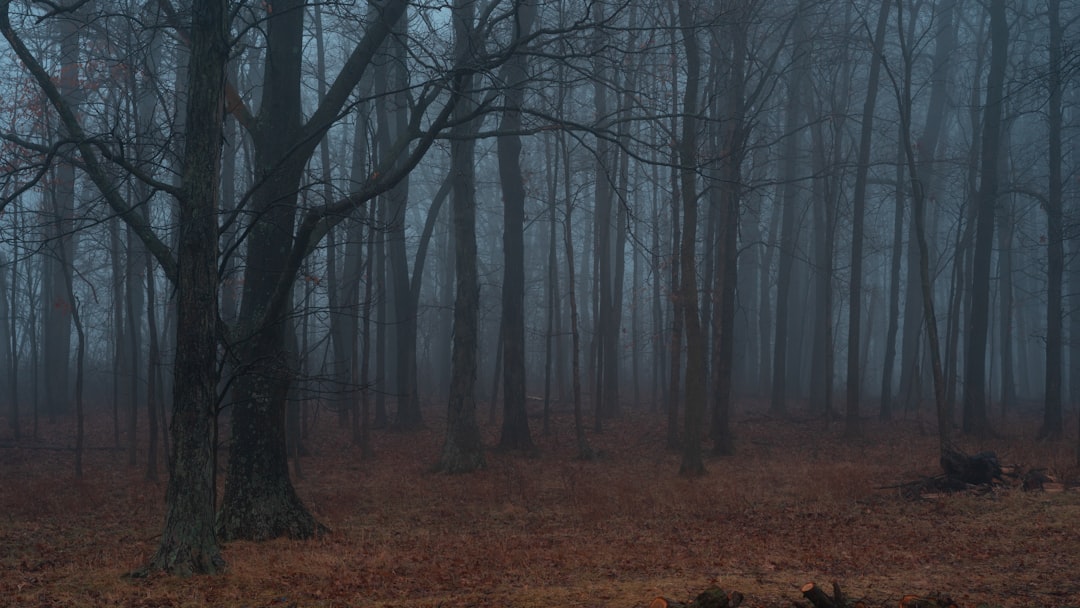Xeriscaping is a water-efficient landscaping approach that thrives when incorporating native plants. Native species are naturally adapted to their environment, requiring minimal irrigation, fertilizers, and maintenance. By using native plants in xeriscaping, homeowners and landscapers can create stunning, sustainable landscapes that support local ecosystems while conserving resources. In this post, we’ll explore why native plants are essential for successful xeriscaping and highlight regional examples to inspire your water-wise garden.
Why Native Plants Are Ideal for Xeriscaping
1. Water Efficiency
Native plants have evolved to thrive in their specific climate and soil conditions, often requiring little to no supplemental watering. This makes them a perfect fit for xeriscaping, which prioritizes water conservation.
2. Low Maintenance
Because native plants are well-adapted to their environment, they need less intervention in terms of fertilization, pest control, and pruning, reducing maintenance costs and effort.
3. Soil Adaptation
Unlike exotic plants, which may require soil amendments, native species are naturally suited to local soil types, whether sandy, clay-heavy, or rocky.
4. Biodiversity Support
Native plants attract and support local pollinators, birds, and beneficial insects, fostering a healthy and balanced ecosystem.
5. Resilience to Pests and Diseases
Since they have co-evolved with local pests and conditions, native plants are often more resistant to common diseases and insect infestations compared to non-native species.
Regional Examples of Native Plants for Xeriscaping
Southwestern United States (Desert and Arid Regions)
-
Agave (Agave spp.) – Drought-tolerant succulent with striking architectural form.
-
Desert Marigold (Baileya multiradiata) – Bright yellow flowers that thrive in dry, sandy soils.
-
Red Yucca (Hesperaloe parviflora) – Hardy, low-water plant with tubular red flowers that attract hummingbirds.
-
Creosote Bush (Larrea tridentata) – Highly drought-resistant shrub with aromatic leaves.
Pacific Northwest (Temperate Rainforest and Coastal Regions)
-
Oregon Grape (Mahonia aquifolium) – Evergreen shrub with yellow flowers and edible berries.
-
Kinnikinnick (Arctostaphylos uva-ursi) – Low-growing ground cover that prevents erosion.
-
Sword Fern (Polystichum munitum) – Hardy, shade-loving fern that adds greenery without requiring much water.
-
Red-Flowering Currant (Ribes sanguineum) – Beautiful flowering shrub that attracts pollinators.
Southeastern United States (Humid Subtropical Regions)
-
Muhly Grass (Muhlenbergia capillaris) – Ornamental grass with stunning pink plumes.
-
Eastern Redbud (Cercis canadensis) – Small tree with brilliant pink spring flowers.
-
Black-Eyed Susan (Rudbeckia hirta) – Hardy wildflower that thrives in heat and humidity.
-
Sweetbay Magnolia (Magnolia virginiana) – Fragrant tree well-suited to wet and dry conditions.
Midwest and Great Plains (Grassland and Prairie Regions)
-
Purple Coneflower (Echinacea purpurea) – Drought-tolerant perennial with vibrant flowers.
-
Little Bluestem (Schizachyrium scoparium) – Native grass with striking blue-green foliage.
-
Butterfly Weed (Asclepias tuberosa) – Essential for monarch butterflies and pollinators.
-
Wild Bergamot (Monarda fistulosa) – Aromatic herb with lavender flowers that attract bees.
Mediterranean Climates (California, Southern Europe, and Parts of South America)
-
California Poppy (Eschscholzia californica) – Low-maintenance, bright orange wildflower.
-
Coyote Bush (Baccharis pilularis) – Hardy shrub that stabilizes soil and prevents erosion.
-
Manzanita (Arctostaphylos spp.) – Attractive evergreen shrub with unique bark and drought tolerance.
-
Lavender (Lavandula spp.) – Aromatic herb that thrives in dry, rocky soil.
Cold and Boreal Climates (Canada, Scandinavia, and Northern Asia)
-
Bearberry (Arctostaphylos uva-ursi) – Low-growing evergreen shrub ideal for harsh winters.
-
Blue Spruce (Picea pungens) – Hardy, drought-resistant conifer with striking blue needles.
-
Fireweed (Chamerion angustifolium) – Bright purple wildflower that flourishes in cold climates.
-
Goldenrod (Solidago spp.) – Pollinator-friendly perennial that withstands cold and dry conditions.
Tips for Incorporating Native Plants into Xeriscaping
-
Choose plants suited to your specific region and microclimate.
-
Group plants with similar water needs together to maximize efficiency.
-
Use mulch to retain soil moisture and reduce weed growth.
-
Replace traditional turf grass with native ground covers or low-water grasses.
-
Incorporate a mix of trees, shrubs, and perennials for a layered, natural look.
Conclusion
Native plants are a cornerstone of successful xeriscaping, providing beauty, ecological benefits, and long-term sustainability. By embracing the native flora of your region, you can create a low-maintenance, water-wise landscape that supports local wildlife and thrives in your specific climate. Whether you live in a desert, prairie, coastal area, or cold region, there are native plants perfectly suited for your xeriscaping project. Start exploring the possibilities today and transform your outdoor space into a resilient, eco-friendly haven!

Comments
No comments yet. Be the first to comment!
You must be logged in to comment. Login